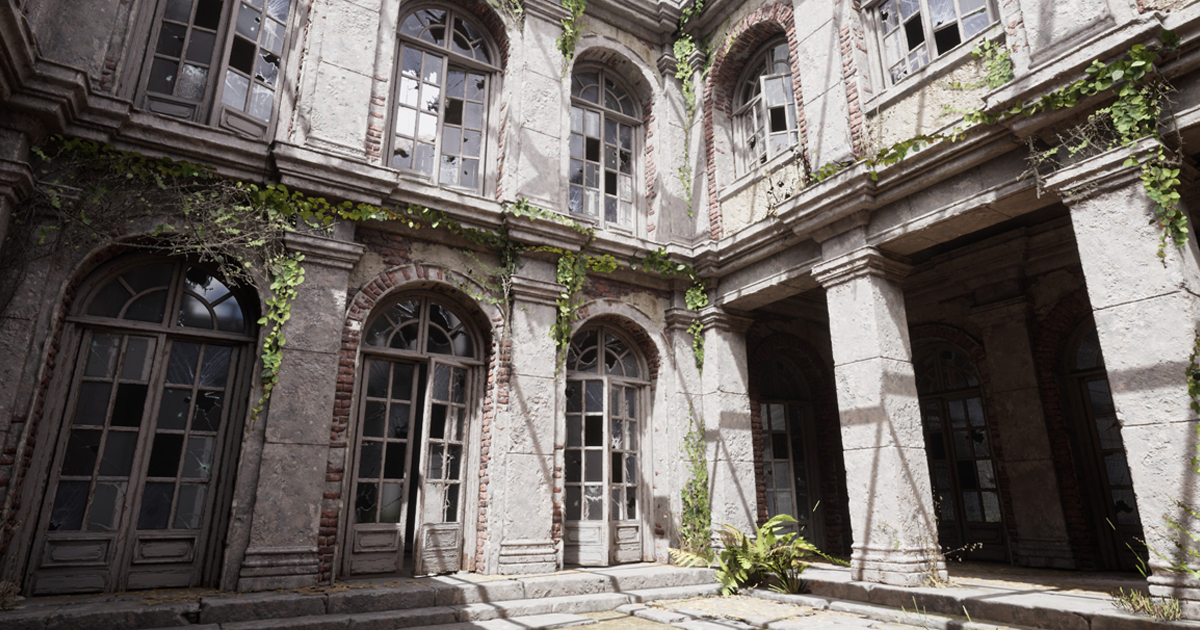

The elements that you place within the mise-en-scene must, of course, be within the realm of the players understanding and experience. The specific placement of certain story elements in an environment or scene will push them to make certain decisions, based on their experience, understanding and the context of the element within the environment.Īnd because the placement was made with intention, the decision making becomes a meaningful process for the player, as it is your intention as a designer/creator to guide towards a specific understanding and realization. The benefit of creating boundaries and limitations is that such aspects will naturally guide your players in the desired direction, without feeling too forced, at least if it does well.

They are not told that they are a superhero, a barbarian queen, or shogun general, they enter as themselves, and mold their own character into and with the limited information that the environment presents them with.

What I mean by this, is that the player identity is shaped by the surroundings they find themselves in. Through such meaningful placement, the context is implied and hopefully implicitly understood, and this, in turn, affords a more organic buy-in for the participants player identity within the narrative. Much like the mise-en-scene in films, each prop, background, foreground, character placement, have meaning and history. Even though it is a conceptual place, it is one that creates boundaries and limitations for the player, and through that guides them as well.Īs the player(s) populates the space, it inevitably provides context for the narrative, as the narrative elements within the mise-en-scene are placed there with a purpose. An imagined space that the player voluntarily enters. We need to understand what an environment is.Īn environment is a conceptual place, in this case, a make-believe area, perhaps something akin to Huizinga’s Magic Circle. To fully understand what this type of storytelling can provide us, we need to place our thoughts and practices within a particular mindset, one where we look at an environment in a specific manner. Each has a literal expansion of the story, location, and environment. Examples of environmental storytelling can be found in as I’ve already mentioned the Dark Souls games, as well as in French cinema, point and click games like Myst and The Witness, and Japanese cinema, where the exposition scenes start from a close up and the expand, shot by shot, the overall landscape shot. Subtlety is the keyword here, environmental storytelling is extremely subtle, and requires the player to be aware and work for their own understanding. I feel that the concepts in this type of storytelling and the natural interactions that occur within group narratives (the stories and experiences we create and remember when interacting within a group of people), can help augment and create more subtle and meaningful learning experiences for these groups.

What has interested me in environmental storytelling, is its uses when gamifying group experiences to aid in improving the group narrative learning experience.
ENVIRONMENTAL STORYTELLING PS4
Some time ago I wrote a piece on minimalist storytelling within From Software’s Souls series, which also includes their PS4 title Bloodborne, and will most likely also include their recently announced next title Sekiro. A few other games and experiences use the technique of minimalist storytelling to get their narratives across to the players and participants, though it’s a more accurate statement to say that they utilize environmental storytelling, which is inherently minimalistic in its overall execution of conveying a narrative.


 0 kommentar(er)
0 kommentar(er)
